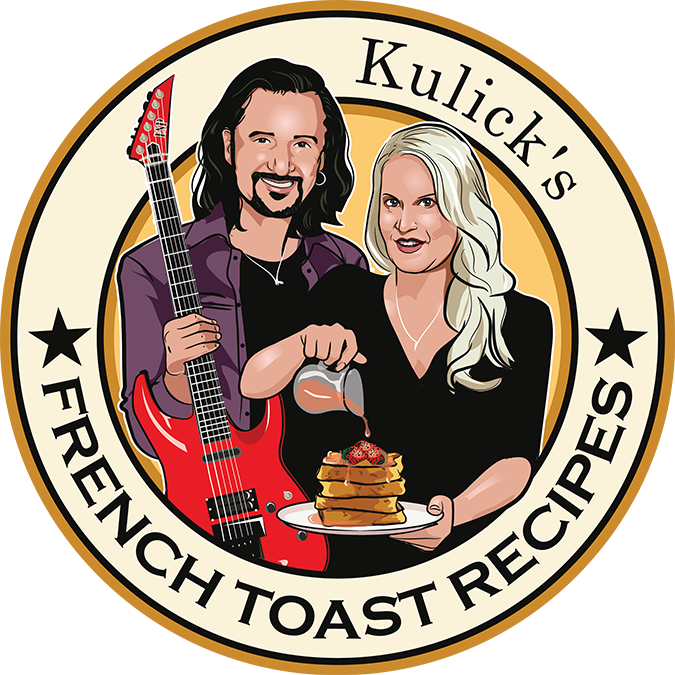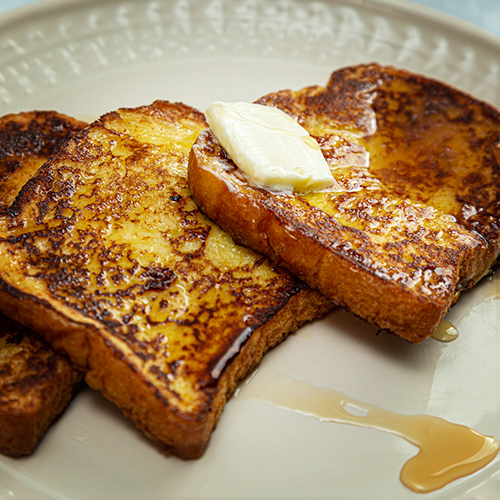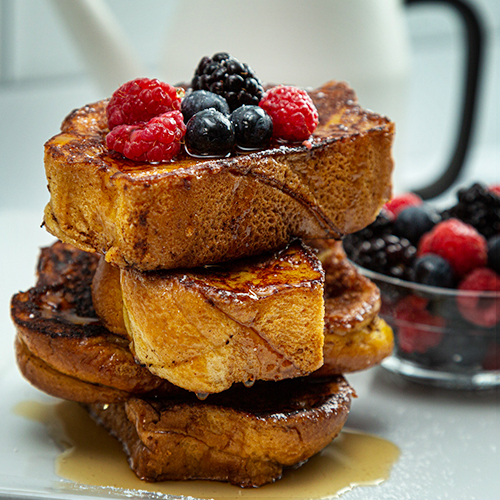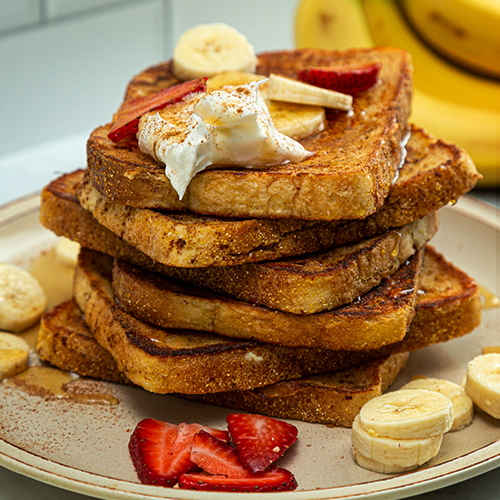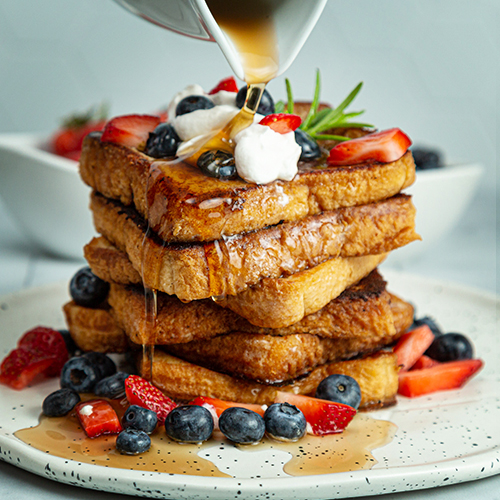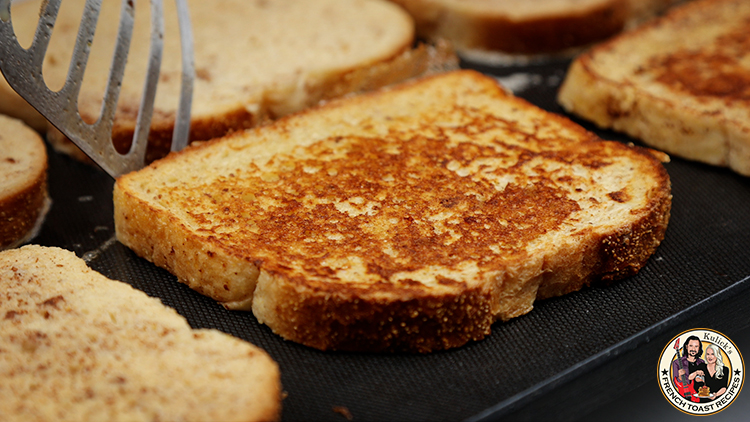16 Ways to Prepare an Egg
Eggs are cheap, delicious, and versatile — it’s no wonder that they are a breakfast staple around the globe! Eggs are also a wonderful source of high-quality protein and relatively low in calories, and they are packed with essential vitamins, minerals, iron, and disease-fighting nutrients. There are many delightful ways to eat eggs beyond just sunny-side up or hard-boiled. The team at Kulick’s French Toast Recipes has scrambled up a chart of 16 ways to prepare eggs to expand your breakfast game:

How Do You Hard-Boil Eggs?
Here are the basic steps for cooking a perfect hard-boiled egg plus how to make hard-boiled eggs easy to peel:
- Fill a medium saucepan with cold water (about an inch above the eggs). Add a teaspoon of white vinegar (some say it helps with peeling) and a teaspoon of salt. Place the eggs gently into the water.
- Bring the water to a rolling boil and cook for about 10 minutes. While the eggs are cooking, prepare an ice bath in a bowl.
- Drain the hot water from the pot, then put the eggs into the ice bath.
- Once they’re cooled, peel your eggs. Thanks to the ice bath, the shells should come off with ease. You can also run the eggs under cold water, but it’s more environmentally friendly to use an ice bath for eggs.
How Long Do You Hard-Boil Eggs?
The ideal time frame for cooking hard-boiled eggs is between 8 and 12 minutes, but this will vary depending on your desired consistency.
What’s Wrong With My Hard-Boiled Eggs?
Here are some common problems that you may experience when making hard boiled eggs and how to solve them:
Why Did My Hard-Boiled Egg Turn Green?
A green ring around the yolk indicates that you cooked the egg for too long or did not chill it quickly enough after cooking. Avoid this by reducing the cooking time and immediately removing the eggs from the heat, then plunging them into an ice bath right away. In the meantime, is the hard-boiled egg’s green yolk safe to eat? Yes: According to the University of Nebraska-Lincoln, a greenish-gray egg yolk ring is harmless.
Why Is My Egg Yolk Chalky?
A chalky egg yolk also indicates that the egg was cooked for too long. Reduce the cooking time accordingly.
Why Are My Hard-Boiled Eggs Flat on One Side?
A misshapen hard-boiled egg may indicate that the eggs were too cold when added to the water. One way to solve this issue is to allow the eggs to warm up to room temperature before cooking them.
How Do You Cook Soft-Boiled Eggs?
The method for cooking soft-boiled eggs is to follow the same technique as hard-boiled eggs, but cut the cooking time to 4 to 6 minutes.
How Do You Poach an Egg?
Poached eggs are tender with juicy golden yolks that spill graciously when punctured, making them wonderful for topping toast or English muffins. But they can be surprisingly hard to make. Here’s how to poach an egg step by step so you can enjoy this delicacy at home:
- Bring a large pot of water to a boil. The egg needs enough space to float around, so avoid tiny sauce pots. Three inches of water is ideal; too much water and the egg will be difficult to remove, but too little water and the egg will not have sufficient space.
- Crack a room-temperature egg into a ramekin or another small container. Having the egg at room temperature can avoid temperature fluctuations that can disrupt proper cooking.
- Add 1-2 tablespoons of vinegar into the water and stir to create a slow vortex. Why do poached eggs need vinegar? Vinegar helps prevent the egg whites from spreading out.
- Delicately slip the egg into the middle of the vortex and cook it for three minutes.
- Remove the egg with a slotted spoon. If you like, dip the egg into a bowl of warm water to wash off the vinegar.
16 Ways to Prepare an Egg
Here’s a full transcription of this infographic to improve accessibility:
| Type | Instructions |
| Hard-boiled | · Put eggs in a pot and cover with cold water (about an inch above the eggs)
· Bring to a rolling boil over high heat · Remove from the heat and let sit for 10-12 minutes · Drain and immediately run cold water over the eggs, or drop them gently in an ice bath |
| Soft-boiled | · Follow the same method as hard-boiled, but cut the cooking time in half (about 6 minutes) |
| Hard scrambled | · Heat butter in a pan on medium-high until bubbly
· Crack eggs into pan and whisk and fold to break up any large curds · Cook until no liquid is left, about 5-7 minutes · Remove immediately to prevent rubbery texture |
| Soft scrambled | · Beat eggs in a bowl until uniform in color
· Melt butter in a pan on medium-low heat · Pour in eggs and stir (stir more for creamy, less for fluffy) · Cook for 10-15 minutes, until there is little to no liquid left · Remove immediately |
| Egg in a basket | · Fry an egg as desired in a hole in the middle of a slice of bread |
| Sunny-side up | · Crack egg directly into hot frying pan greased with butter or spray
· Let cook until egg white is solid, then remove without flipping |
| Over easy | · Fry egg until slightly brown on the edges
· Flip egg over and cook just until a thin white film obscures the yolk |
| Over medium | · Repeat the same as over easy but cook longer, so that the egg white is more thoroughly cooked and the yolk film is slightly thicker |
| Over hard | · Fry egg until slightly brown on the edges
· Flip and fry until the yolk and white are completely cooked through · Break open the yolk before flipping if desired; this is good for sandwiches |
| Deviled | · Hard-boil eggs, cool, peel, and cut them in half
· Scoop out the egg yolks and mix them with ingredients such as mayo, mustard, and spices · Chill yolk mixture, then spoon it back into the whites |
| Omelet | · Scramble eggs and add ingredients such as meat, cheese, veggies, herbs, and spices
· Fold in half to contain the ingredients · Broil the folded omelet if desired |
| Frittata | · Prepare as an omelet, but do not fold |
| Basted | · Fry egg in pan while continuously scooping melted butter atop it until it is cooked |
| Poached | · Bring a large pot of water to boil
· Crack the egg into a ramekin · Add 1-2 tbsp vinegar into water and stir to create a vortex · Carefully slip the egg into the middle of the vortex and cook for 3 minutes · Remove egg with slotted spoon and dab with paper towel · Serve immediately |
| Coddled | · Add enough water to a small pot so that it comes halfway up the egg coddler
· Butter the coddler’s interior and crack the egg inside (season as desired) · Close the coddler lid · Bring water to a boil and add the coddler · Simmer for 7-9 minutes |
| Shirred | · Preheat oven to 375°
· Coat a small ramekin with butter and pour in 2 tbsp heavy whipping cream · Crack an egg into ramekin, gently pushing yolk to center · Sprinkle with salt, pepper, spices, or cheese if desired · Bake until set around the edges and slightly jiggly in the center, about 12 minutes |
Use the following embed code to post this infographic on your website:
This page was last updated by Bruce Kulick and Lisa Lane Kulick
